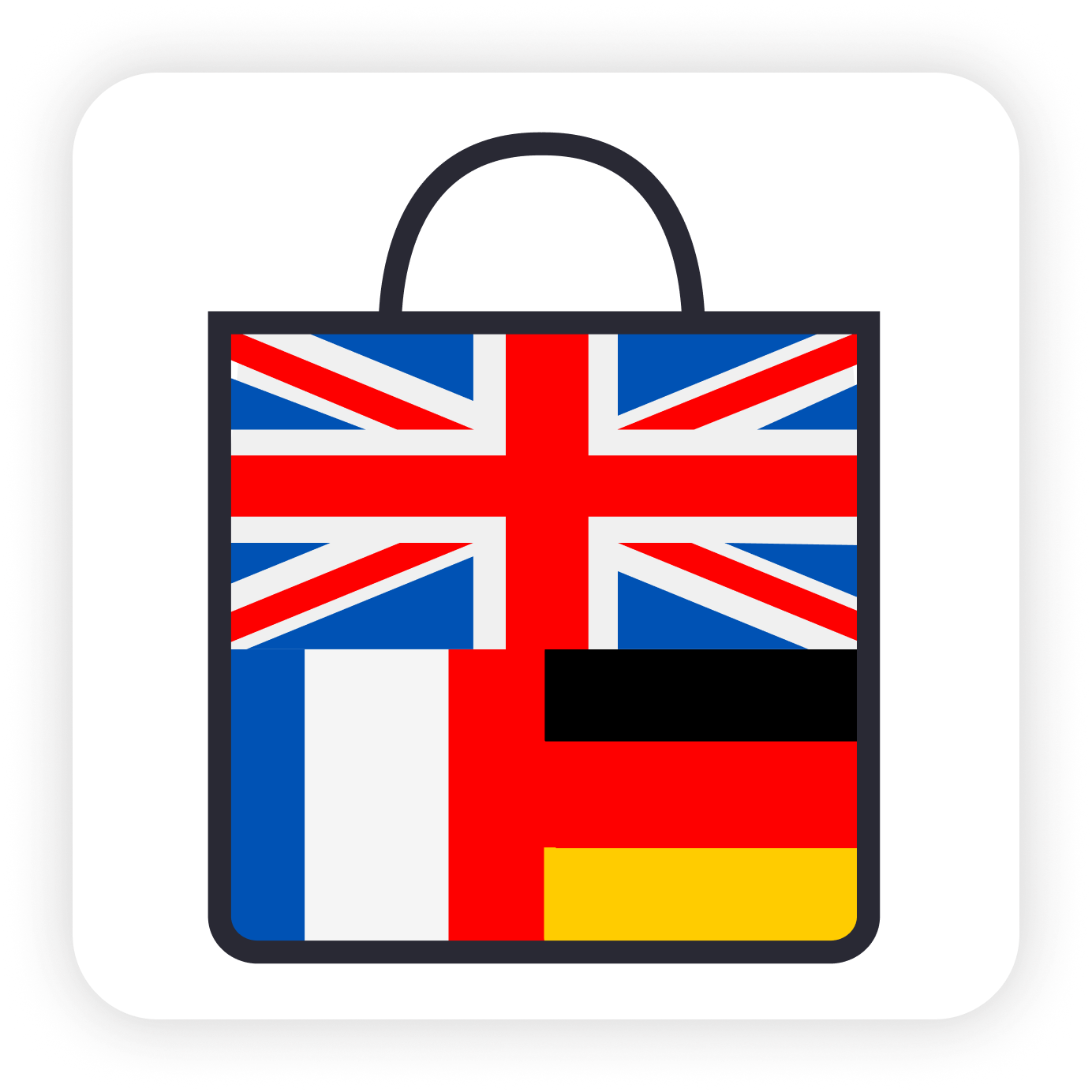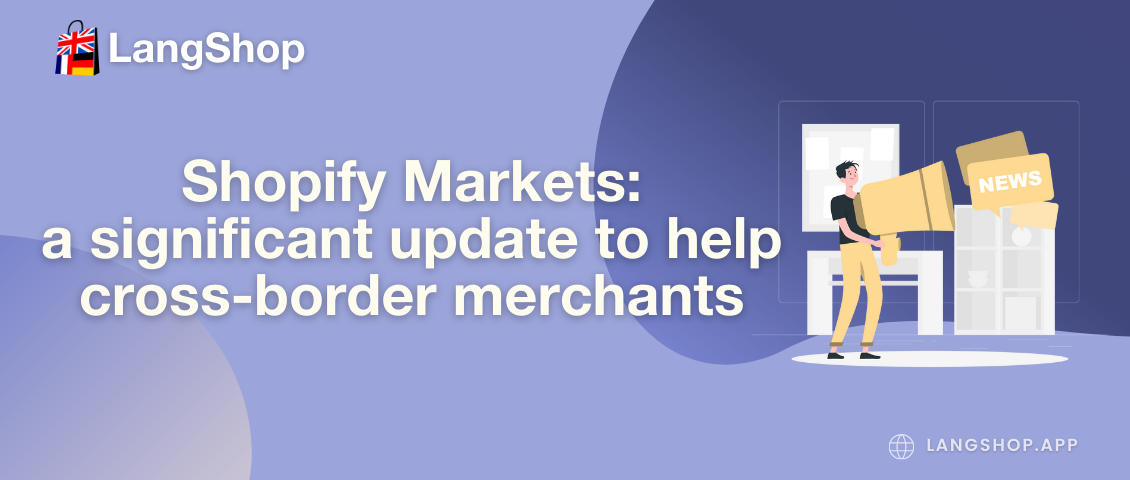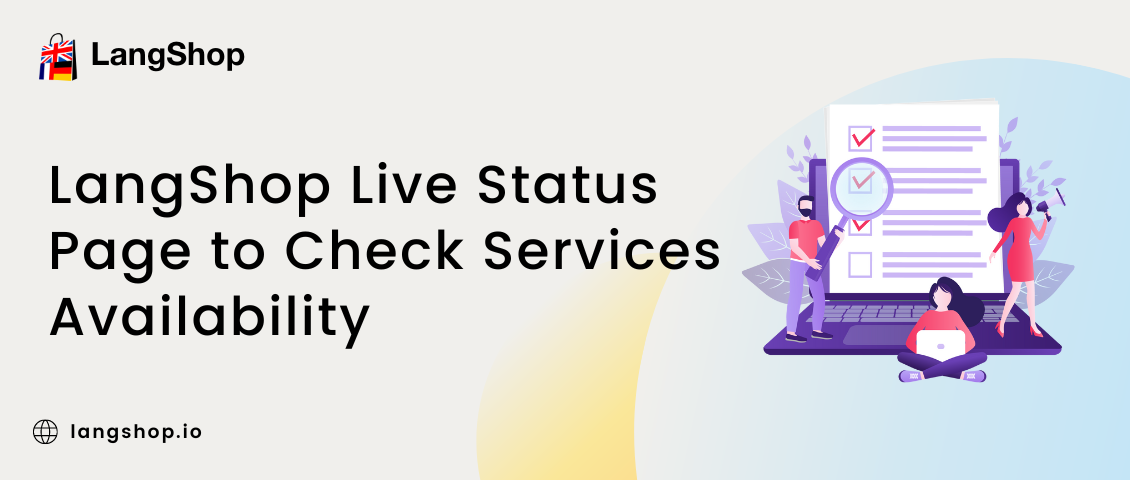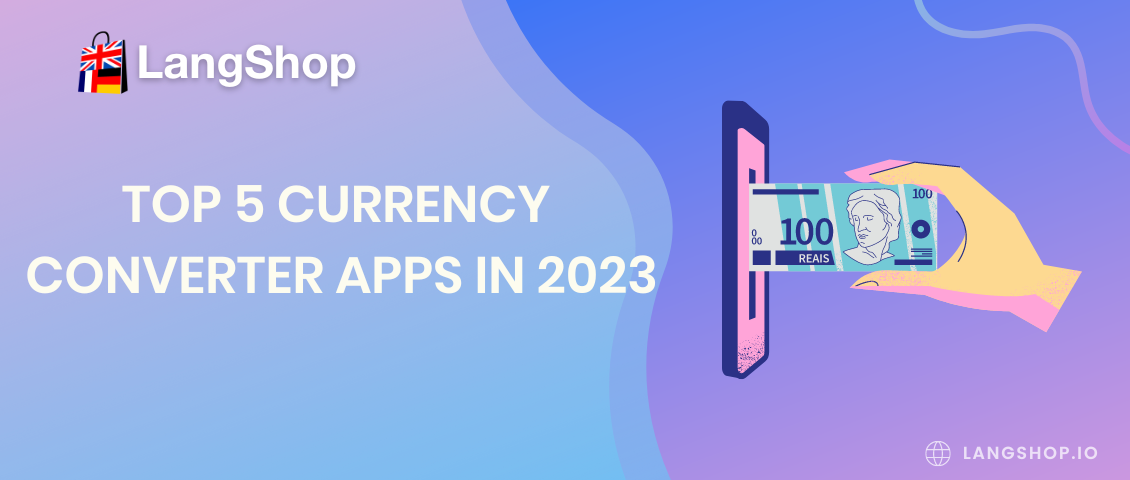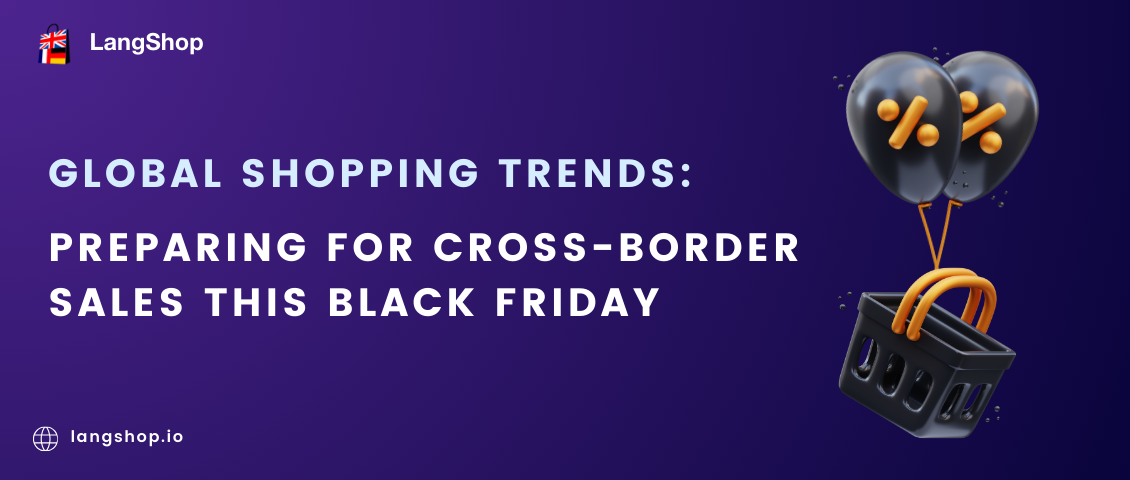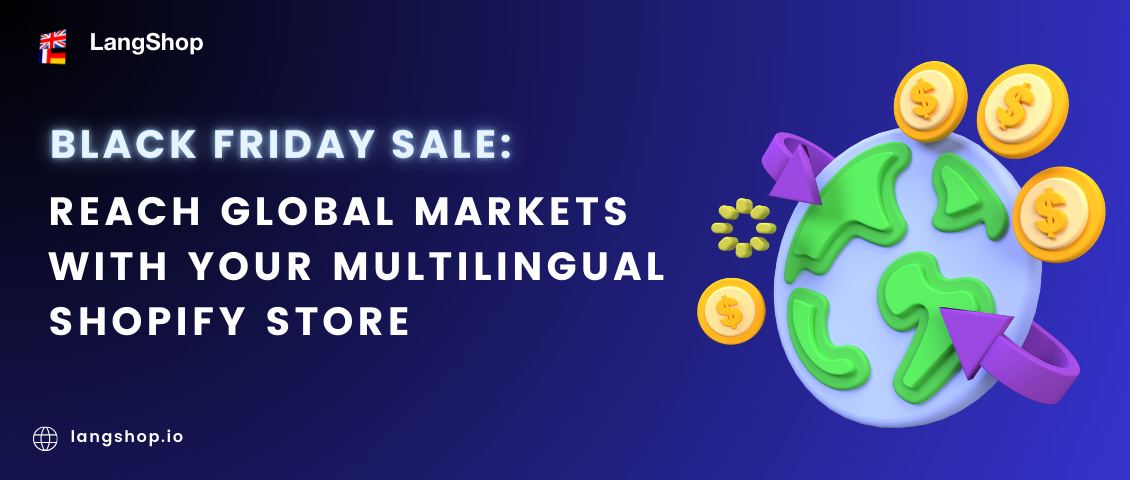For the last 5 years, the eCommerce industry has reached unprecedented heights. Only in the last year, the eCommerce sales amounted to $4.9 trillion worldwide. This figure is expected to grow, reaching $7.4 trillion by 2025. Such growth is explained by the tendency of business internationalization and borders expansion. At last, eCommerce is an industry designed to be global.
Shopify is the right platform to grow your business and reach international customers. Thus, in July 2021, about 27% of all traffic to Shopify stores came from foreign users. Taking into account these figures, Shopify rolled out Shopify Markets, a cross-border management tool to help merchants sell internationally.
What is Shopify Markets?
Shopify Markets is a significant update to the eCommerce platform, which helps merchants to identify, set up, launch, optimize and manage their international markets from a single store. It’s a centralized hub with useful features to manage and expand your global sales. The platform update allows merchants to create localized storefronts in different countries and manage them via one global store. It’s not only a convenient way for a merchant to manage stores, but also a powerful tool to drive conversions by creating tailored experiences for your customers with currencies, languages, and payment methods.

Shopify Markets Features
Shopify Markets has a wide range of features to help you reach new markets and customers in just a few clicks. Let’s learn a little more about them!
1. Currencies
In 2022 customers expect online stores to sell in their local currency. According to Shopify, stores with local currency pricing increase their conversion rates up to 40%. Shopify Markets offers automatic currency conversion based on the latest currency exchange rates. By the way, the checkout, notifications, and refunds are also processed in local currency. Thus, it makes the shopping process seamless for your foreign customers and boosts your sales.
2. Languages
The language barrier is considered to be one of the most significant obstacles when it comes to selling internationally. According to Shopify research, 65% of shoppers prefer online stores in their native language, and about 40% won’t even consider buying from the website in other languages.
Shopify Markets streamlines the translation process by using LangShop and other third-party apps. Depending on the chosen application, different features become available. For example, LangShop offers different translation methods, glossaries, and customizable switchers. With it, you can translate the whole store, including checkout, images, and third-party apps.
With Shopify Markets, you can help your international customers browse and buy more easily thanks to storefronts in their local language.
3. International Domains and SEO
Shopify Markets offers international domains, which improve your search engine rankings and help attract new customers. The chosen domain type, subfolders (shop.com/fr), subdomains (fr.shop.com), or country domains (shop.fr), automatically appears when you create a new market. Then Shopify automatically generates SEO tags to help international buyers find the right store version in search results. You can also install a Geolocation app to identify the needed language version based on the user’s IP address.
4. Payment Methods
Available payment methods can become a determining factor in the selling process. Customers all over the world trust and prefer different payment methods depending on their region: US users prefer credit or debit cards, European countries often use a payment processor like PayPal, Belgium buyers give preferences to Bancontact. Whatever payment method is popular among this region’s buyers, Shopify Markets will identify and suggest it.
5. Calculate Duty and Import Taxes
Finding out that the total price is not the same as shown at checkout is a disappointing experience for any customer. However, eCommerce stores targeted on the global markets do have to deal with additional duties, import taxes, and other fees. As a result, parcel refusals and chargebacks can seriously affect your business.
Shopify Markets collects duties and import taxes at checkout, so the customer can see the total cost and experience fewer surprises at delivery.
Tools to power your global growth
Shopify Markets also offers a variety of options to scale and optimize your international strategy:
Custom markets allow merchants to organize their businesses as efficiently as possible. Thus, it’s possible to manage countries individually or as a group, i.e. to create a single market for example only for China or for the whole of Asia. In case the grouped markets are chosen, pricing will still be shown in the local currency depending on the country the user’s in.
Market optimization offers Shopify merchants personalized recommendations and smart settings, which monitor your performance and make automatic optimizations to help you sell more.
Pricing by market allows merchants to make necessary customizations for each market. Thus, shipping charges, inventory, or even product prices can differ from country to country for various reasons. Shopify Markets facilitates merchants with all needed customization options to manage it.
And that’s not the end. Shopify Markets are getting improved every day. Soon we’re waiting for more storefront customization features, product catalogs, and better inventory management. So, if these features are what you really need, find more information on the Shopify Markets page.
Last Thoughts
Shopify Markets is designed for those who want to open their business to the whole world. It’s the easiest way to increase your sales and build trusting relationships with your local and foreign customers.
Go global with Shopify Markets and LangShop!
